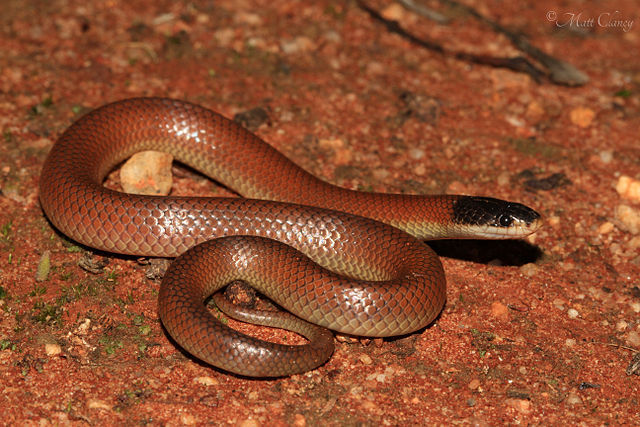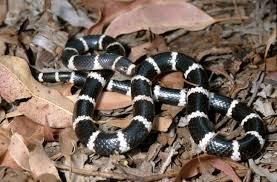Snakes: a hit or hiss this summer
Marnie Ryan
30 December 2022, 8:40 PM
 Snake sightings have increased across the west as flood waters recede.
Snake sightings have increased across the west as flood waters recede. There has been an increase in snake sighting reports across the west as flooding recedes, including multiple captures in commercial areas of Coonamble and, most recently, Coonabarabran
According to NSW Farmers, snake sightings have caused concern for pet owners and farmers, especially in areas where poor road conditions can reduce access to veterinary treatment.
Sarah Thompson from the NSW Farmers Rural Affairs Committee said the increase in snake sightings is a worry for creatures both great and small.
"It's a worry because people with dogs or who are going out to move stranded stock are at a higher risk of being bitten," Mrs Thompson said.
"This is happening everywhere, we've heard recently about livestock being lost to snakes because some farms are more like islands than paddocks, and they can't get to a vet. Everyone has been trying to stay dry and the snakes are no exception."
The recent spike in snake sightings naturally coincides with the increase in reptile activity during the hot summer months.
According to the Australian Reptile Park, Australia saw approximately 3000 snake bites last year, about 10 per cent of which required antivenom.
"We know snakes aren't generally trying to hurt us or our animals, but coming closer together because of the flooding increases the risk of an attack for humans and animals," Mrs Thompson said.
Coonabarabran is just one of the many communities on alert by snakes throughout the last month.

ABOVE: Coonabarabran's 'snake man' at a recent brown snake capture at Coonabarabran Toyota on 19 December 2022. PHOTO: Coonabarabran Times
Coonabarabran's own snake man, Steve Wallace, says there are many reasons why the snakes are out an about.
"Recent rain, an ideal breeding season and preparation for dormancy has made snakes a more common sight," Mr Wallace said.
"Even though snake sighting are on the rise, the overall snake population has not increased significantly.
"Many snakes are building up their fat reserves in preparation for dormancy in winter and females are also seeking a place to lay their eggs," he said.
Across the west, there are a wide range of commonly sighted snakes.
"The most common snakes found within the region are the Eastern Brown Snakes. Eastern browns can grow up to seven foot and are considered the second most venomous snake in the world," Mr Wallace said.
"Other common snakes include red- bellied, blue bellied black snakes, death adders, blind snakes, pale headed snakes, Dwyer's, bandy- bandy and other small eyed snakes," he said.

Dwyers snake.
"Snakes are protected native animals and it is illegal to kill them unless there is a direct threat to human life," said Mr Wallace.
"If you see a snake within the wild, just leave it alone or call a snake catcher/ remover."
"Snakes play a huge role within our ecosystem. Without them, the number of vermin including mice and rats would increase exponentially," he said.
The most common reason humans are bitten by venomous snakes may come as a surprise for many land holders.
"96 per cent of people who are bitten by venomous snakes are trying to kill them. Two per cent of snake bites are accidents and the other two per cent of those bitten are snake removalists or catchers," Mr Wallace said.
"Twenty seven out of the last thirty five deaths in Australia, are from brown snakes- they kill more than taipans.
"If it is out in the paddock just leave it be. They are actually doing farmers a huge favour by saving them money for mice and rat poison," he said.

Bandy bandy snake. IMAGE: Queensland Environment, Land & Water
Mr Wallace urges anyone in western NSW to follow his best tip in staying snake bite safe this summer.
"Please put two elastic pressure bandages in your 4WD, tractor, header or any piece of machinery so you have a fighting chance of survival if bitten by a venomous snake," he said.
"The bandages slow down blood flow to stop the venom travelling simultaneously throughout the body.
"By applying a pressure bandage, you are compressing the skin and muscles to make it harder for the venom to travel through your system. It could seriously save your life.".




